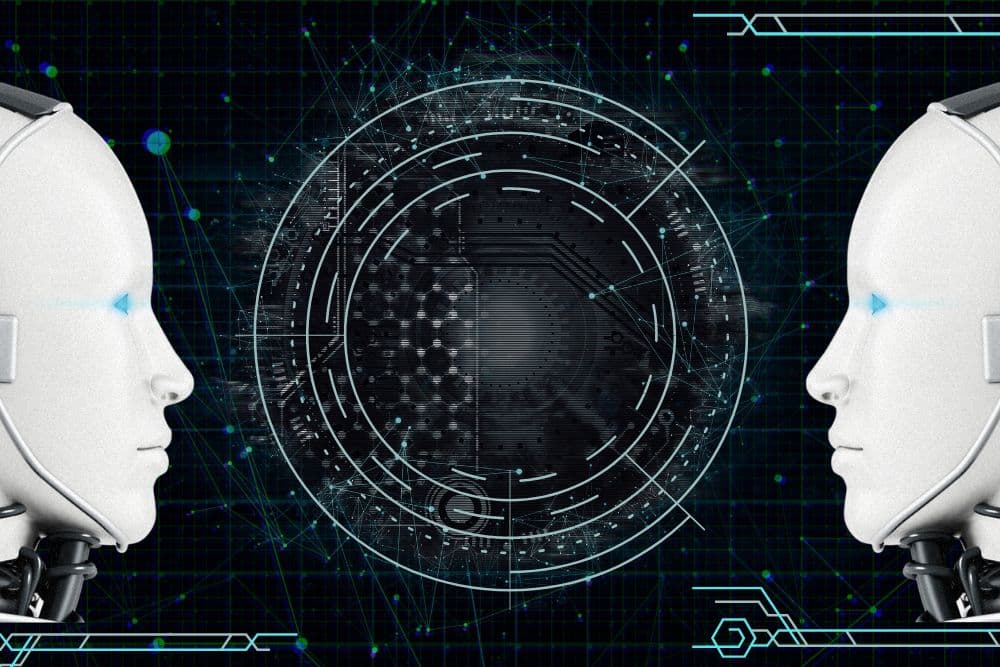The use of artificial intelligence in the EU will be regulated by the AI Act, the world’s first comprehensive AI law. Find out how it will protect you.
As part of its digital strategy, the EU wants to regulate artificial intelligence (AI) to ensure better conditions for the development and use of this innovative technology. AI can create many benefits, such as better healthcare; safer and cleaner transport; more efficient manufacturing; and cheaper and more sustainable energy.
In April 2021, the European Commission proposed the first EU regulatory framework for AI. It says that AI systems that can be used in different applications are analysed and classified according to the risk they pose to users. The different risk levels will mean more or less regulation. Once approved, these will be the world’s first rules on AI.
What Parliament wants in AI legislation
Parliament’s priority is to make sure that AI systems used in the EU are safe, transparent, traceable, non-discriminatory and environmentally friendly. AI systems should be overseen by people, rather than by automation, to prevent harmful outcomes.
Parliament also wants to establish a technology-neutral, uniform definition for AI that could be applied to future AI systems.
Learn more about Parliament’s work on AI and its vision for AI’s future
AI Act: different rules for different risk levels
The new rules establish obligations for providers and users depending on the level of risk from artificial intelligence. While many AI systems pose minimal risk, they need to be assessed.
Unacceptable risk
Unacceptable risk AI systems are systems considered a threat to people and will be banned. They include:
- Cognitive behavioural manipulation of people or specific vulnerable groups: for example voice-activated toys that encourage dangerous behaviour in children
- Social scoring: classifying people based on behaviour, socio-economic status or personal characteristics
- Real-time and remote biometric identification systems, such as facial recognition
Some exceptions may be allowed: For instance, “post” remote biometric identification systems where identification occurs after a significant delay will be allowed to prosecute serious crimes but only after court approval.
High risk
AI systems that negatively affect safety or fundamental rights will be considered high risk and will be divided into two categories:
1) AI systems that are used in products falling under the EU’s product safety legislation. This includes toys, aviation, cars, medical devices and lifts.
2) AI systems falling into eight specific areas that will have to be registered in an EU database:
- Biometric identification and categorisation of natural persons
- Management and operation of critical infrastructure
- Education and vocational training
- Employment, worker management and access to self-employment
- Access to and enjoyment of essential private services and public services and benefits
- Law enforcement
- Migration, asylum and border control management
- Assistance in legal interpretation and application of the law.
All high-risk AI systems will be assessed before being put on the market and also throughout their lifecycle.
Generative AI
Generative AI, like ChatGPT, would have to comply with transparency requirements:
- Disclosing that the content was generated by AI
- Designing the model to prevent it from generating illegal content
- Publishing summaries of copyrighted data used for training
Limited risk
Limited risk AI systems should comply with minimal transparency requirements that would allow users to make informed decisions. After interacting with the applications, the user can then decide whether they want to continue using it. Users should be made aware when they are interacting with AI. This includes AI systems that generate or manipulate image, audio or video content, for example deepfakes.
Next steps
Parliament is set to agree its negotiating position in June 2023, after which talks will begin with EU countries in the Council on the final form of the law.
The aim is to reach an agreement by the end of this year.











